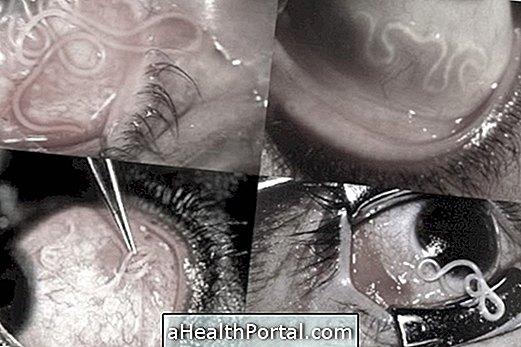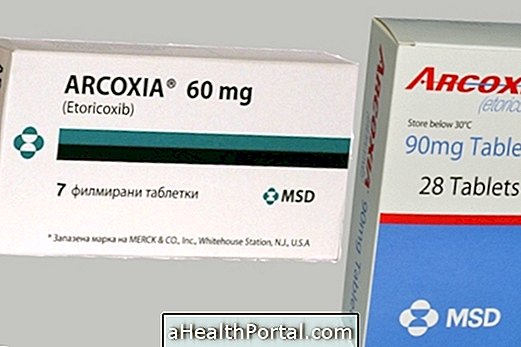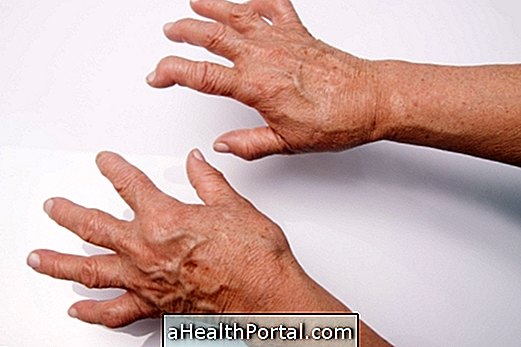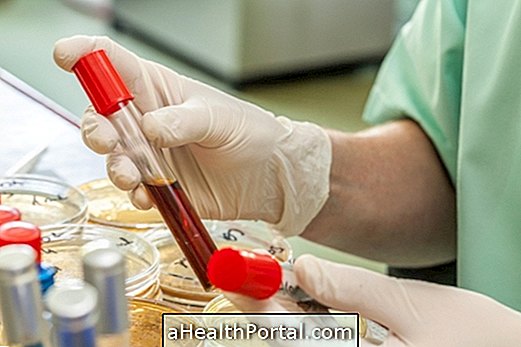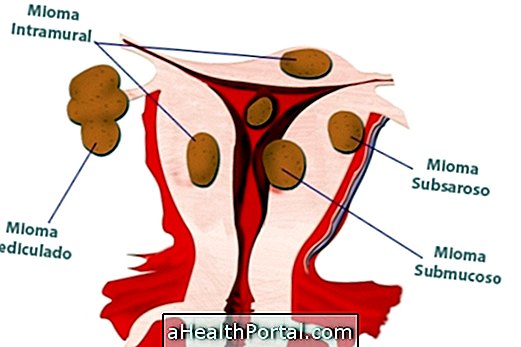Retinal detachment is an emergency situation in which the retina is detached from its correct position. When this happens, a part of the retina no longer has contact with the layer of blood vessels in the fundus of the eye and, therefore, the retina stops receiving the necessary amount of blood and oxygen, which can result in tissue death and blindness.
Retinal detachment is most common after age 50, due to aging. However, it can also occur in young patients who have had head or eye bumps, who have diabetes or have eye problems, such as glaucoma.
Retinal detachment is curable through surgery, but treatment should be started as soon as possible to prevent the retina from being long without oxygen, causing permanent complications. Thus, whenever there is suspicion of a detachment of the retina it is very important to go to the ophthalmologist or the hospital immediately.

Main symptoms
Symptoms that may indicate retinal detachment are:
- Small dark spots, similar to hair strands, that appear in the field of vision;
- Flashes of light that emerge suddenly;
- Sensation of pain or discomfort in the eye;
- Very blurry vision;
- Dark shadow covering a part of the field of view.
These symptoms usually arise prior to retinal detachment and it is therefore advised to consult an ophthalmologist immediately to do a thorough examination of the eye and initiate appropriate treatment avoiding serious complications such as blindness.
See what may be small spots floating in the field of view.
How to confirm the diagnosis
In most cases the diagnosis can be made by the ophthalmologist only through a visual examination, in which the fundus of the eye can be observed, however, other diagnostic tests, such as an ocular echography or a fundoscopy, may also be necessary.
Thus, the best way to confirm the presence of a retinal detachment is by consulting an ophthalmologist.
Why retinal detachment occurs
Retinal detachment occurs when the vitreous, which is a type of gel inside the eye, can escape and accumulate between the retina and the back of the eye. This is more common with advancing age and therefore retinal detachment is more common in people over 50, but can also occur in young people who have:
- Made some kind of eye surgery;
- Suffered an injury to the eye;
- Frequent eye inflammation.
In these cases, the retina may become thinner and eventually rupture, allowing the vitreous to accumulate behind and cause a detachment.
When surgery is needed
Surgery is the only form of treatment for retinal detachment, and therefore surgery needs to be done whenever the diagnosis of retinal displacement is confirmed.
Depending on whether retinal detachment already exists or if there is only a ruptured retina, the type of surgery may vary:
- Laser : the ophthalmologist applies a laser to the retina that promotes the healing of small tears that may have arisen;
- Cryopexia : the doctor applies an anesthesia to the eye and then with the help of a small device freezes the outer membrane of the eye, to close any fissure in the retina;
- Injection of air or gas into the eye : it is done with anesthesia and in this type of surgery, the doctor removes the vitreous that is accumulated behind the retina. Then inject air or gas into the eye to take the place of the vitreous and push the retina into the correct location. After a while, the retina heals and air, or gas, is absorbed and replaced with a new amount of vitreous.
In the postoperative period of surgery for detachment of the retina it is common to feel some discomfort, redness and swelling in the eye, especially in the first 7 days. This way, the doctor usually recipe eye drops to alleviate the symptoms until the review consultation.
The recovery of retinal detachment depends on the severity of the detachment, and in the most severe cases where the central part of the retina has been detached, the recovery time may last for several weeks and the vision may not be the same as before.
